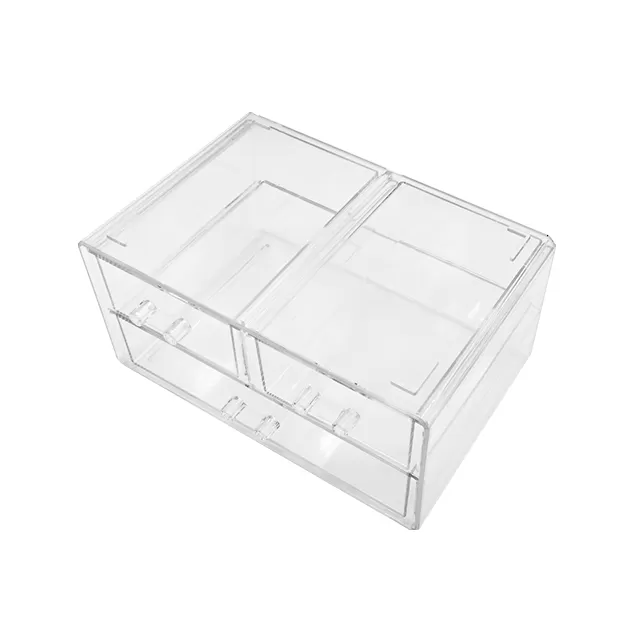The plastic injection molding process step is a crucial aspect of any manufacturing process that produces plastic products. This process involves the use of a machine that injects molten plastic into a mold to create a product. The mold is designed to produce a specific shape, size, and texture of a product. In this article, we will explore the plastic injection molding process step in detail and help you understand how this process works.
What is Plastic Injection Molding?
Plastic injection molding is an industrial process that produces plastic products by injecting molten plastic into a mold. The process is highly automated and can produce a large number of products in a short time. The process can be used to make a wide range of products, including toys, car parts, medical equipment, and electronic components.

The Plastic Injection Molding Process Step in Detail
Now let’s dive into the plastic injection molding process step by step:
Step 1: Designing the Part
The first step is to design the plastic part that you want to produce. The design of the part will determine the shape and function of the final product. The design can be created using computer-aided design (CAD) software, which allows for easy modification and visualization of the product design.
Step 2: Creating the Mold
Once the part design is finalized, a mold must be created. The mold is made out of steel or aluminum and is created using a CNC machined. The mold must be precise and able to withstand the high pressure of the injection process. The mold will determine the final shape of the plastic product.
Step 3: Pelletizing the Plastic
The third step is to create plastic pellets that will be used to create the final product. The plastic pellets are typically made out of polyethylene, polypropylene, or polystyrene. The pellets are then loaded into the injection molding machine.
Step 4: Melting the Plastic
The plastic pellets are fed into the injection molding machine’s hopper, where they are heated and melted. The molten plastic is then injected into the mold cavity under high pressure, filling every corner of the mold.
Step 5: Cooling the Plastic
After the mold is filled with molten plastic, it must be cooled down to solidify the plastic. The cooling time will depend on the thickness of the plastic and the type of plastic being used. Once the plastic has solidified, the mold will be opened, and the product will be ejected.
Step 6: Finishing the Part
The final step is to remove any excess plastic and trim the edges to create a finished product. This is done using a process called degating, where the excess plastic is removed by cutting or grinding. After the part is finished, it will be inspected for quality control, packaged, and shipped to the customer.
Advantages of the Plastic Injection Molding Process Step
The plastic injection molding process step is highly automated, which means that the process can produce a large number of products in a short time. The process is also cost-effective, as it reduces the amount of waste generated during production and reduces labor costs.
The plastic injection molding process step is an essential aspect of the manufacturing process for producing plastic products. The process is highly automated and can produce a large number of products in a short time. This process is cost-effective and produces high-quality products. Now that you know how the process works, you can make an informed decision about whether this process is right for your manufacturing needs.


